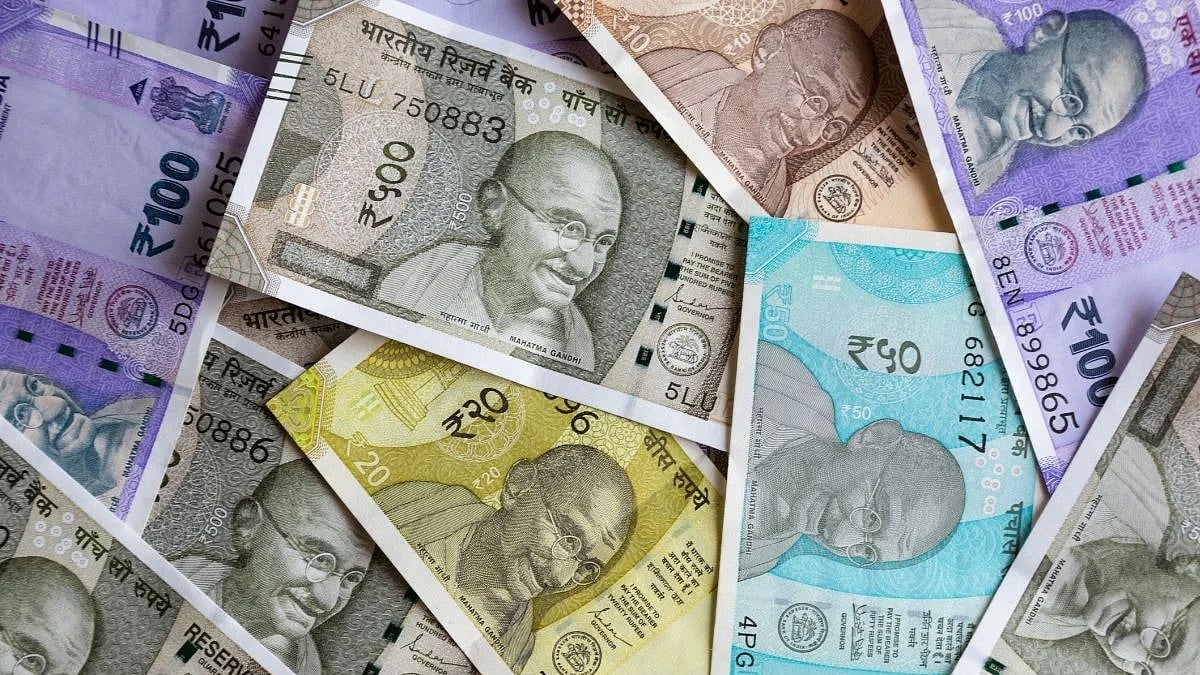New Delhi: After an unprecedented delay of six years, India is finally set to conduct its next Census, the world’s largest population-counting exercise in two phases. The government announced that the process will begin in the Union Territories of Ladakh, Jammu & Kashmir, Himachal Pradesh, and Uttarakhand from midnight on October 1, 2026. For the rest of the country, March 1, 2027 will serve as the reference date.
The Census will be carried out in two key phases across all states. The first, called House Listing Operation (HLO), will collect information about each household’s housing conditions, assets, and amenities. The second phase, Population Enumeration (PE), will capture demographic, socio-economic, and cultural data about every person, including, for the first time in decades, details of their caste.
The government had earlier, on April 30, confirmed that caste enumeration, including the documentation of various castes and sub-castes and their population counts, would be part of the upcoming exercise. This landmark decision has already sparked political and policy debates across the country.
Why Is the Census So Crucial?
The Census is far more than just a headcount. Conducted every ten years since 1881, until the cycle was disrupted in 2021 due to the COVID-19 pandemic, it provides the most comprehensive snapshot of India’s demographic, economic, and social landscape. From language, disability and migration, to age, gender, and employment, it maps the structure of Indian society in a way no other dataset does.
The Census forms the foundation of all national surveys. Key economic indicators like the Consumer Price Index (CPI), which shapes inflation rates and monetary policy, depend on household consumption patterns initially validated by Census data. Delayed or outdated Census figures can therefore skew everything from food inflation forecasts to interest rate decisions.
Migration, one of the most misunderstood policy areas, also relies heavily on Census inputs. Contrary to public perception, the bulk of migration in India is intra-district rather than across states. This nuance, last captured in the 2011 Census, is now missing from current policymaking, impacting urban development, education budgets, and even language and cultural planning.
Moreover, in the absence of fresh Census data, governance has increasingly leaned on administrative records, which are often inconsistent across departments. For example, India’s claim of being Open Defecation Free was questioned by independent household surveys, underscoring the need for reliable, independently collected data.
What Is the Caste Census and Why Is It Controversial?
Among the most hotly debated aspects of the 2027 exercise is the inclusion of caste data. Known as a caste census, this would involve documenting an individual’s caste identity alongside other socio-economic information during the second phase of enumeration.
The last nationwide caste data was collected in the 1931 Census. Since then, while Scheduled Castes (SCs) and Scheduled Tribes (STs) have continued to be enumerated, Other Backward Classes (OBCs) were left out of national counts, despite their growing presence in political discourse. The UPA’s Socio Economic Caste Census (SECC) in 2011 attempted to fill this gap, but the caste data was never released due to classification challenges and political concerns.
A major shift in the caste census debate came in 2023 with the release of the Bihar caste survey, the first detailed exercise of its kind in India in over 90 years. The numbers were striking, as OBCs, including Most Backward Classes, made up more than 63% of the state’s population, and when combined with Scheduled Castes and Scheduled Tribes, the total touched 84.4%. The survey also offered religious data, with Hindus accounting for 82% of the population and Muslims nearly 18%. The findings sparked fresh calls for a nationwide caste census and set the tone for similar efforts in other states.
Interestingly, the political narrative also saw a turnaround. For years, many BJP leaders had pushed back against the idea, warning it could fragment Hindu society or dismissing it as “Maoist thinking.” But just days after the Pahalgam terror attack in April, the BJP-led Centre announced it would include caste data in the upcoming national census.
Supporters of the caste census say it can play a crucial role in updating policies to reflect today’s realities. For instance, reservations for OBCs are still based on data from 1931, making it hard to ensure fair representation. With new numbers, policymakers could recalibrate quotas, identify sub-categories like EBCs, and push for the principle of “jitni abadi, utna haq (equal rights based on population share)". The contrast between the 27% OBC quota and their 63% share of the population raises tough questions, especially when compared to the 10% EWS quota for economically weaker sections, which largely benefits upper castes.
But the case for a caste census goes beyond numbers and quotas. It offers a clearer picture of who has access to resources, and who’s being left behind. By highlighting gaps in income, education, land ownership, and jobs, it allows governments to design more targeted welfare programs. At a time when identity politics is often shaped by religion, a caste census can shift the focus to real socio-economic challenges like inequality, jobs, and access to opportunities.









